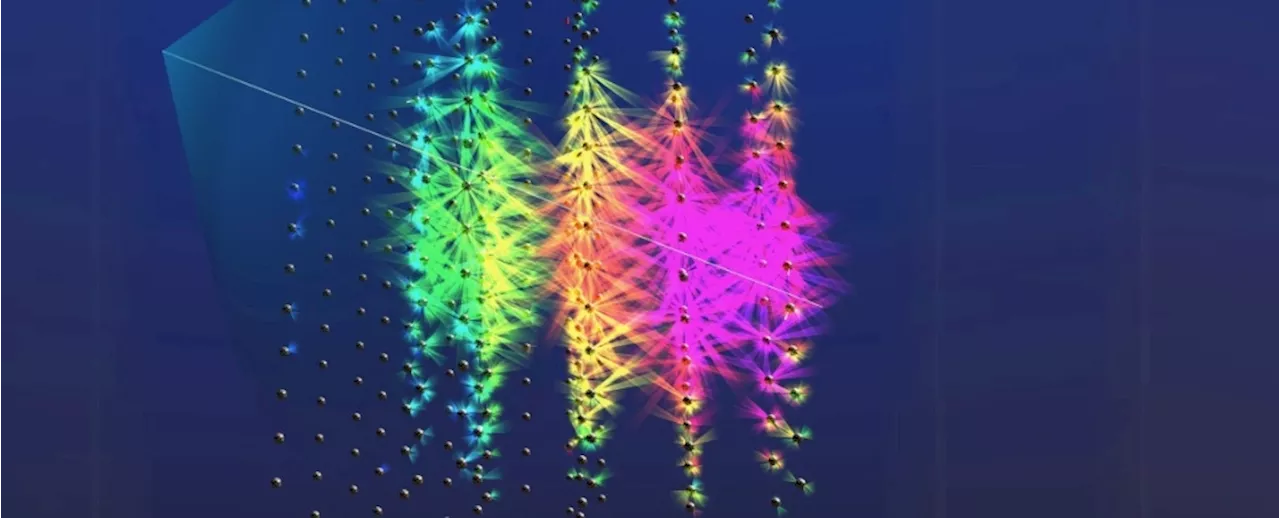An undersea detector in the Mediterranean Sea recorded a neutrino with an unprecedented energy level, potentially indicating its origin from cosmic rays interacting with background radiation.
An undersea detector off the coast of Sicily captured a groundbreaking neutrino event on February 13, 2023. The particle's energy was an astonishing 220 petaelectronvolts (PeV), dwarfing the previous record holder. This unprecedented energy level suggests it could be the very first cosmogenic neutrino detected, meaning it originated from cosmic rays interacting with photons from the cosmic microwave background radiation.
Neutrinos are elementary particles with no electric charge and an incredibly small mass, long thought to be zero. Billions of them pass through our bodies every second, but their interactions with matter are so rare that we remain oblivious. This faint interaction makes detecting neutrinos extremely challenging.Detecting them requires colossal volumes of material like water, carefully monitored with thousands of light sensors for the faintest flashes of light caused by neutrino interactions. The record-breaking neutrino was detected by one of two Cubic Kilometer Neutrino Telescope (KM3NeT) arrays, situated 3,450 meters beneath the Mediterranean Sea's surface. There, 378 modules, each housing 31 light detectors, scan the surrounding water for these elusive flashes. During the 2023 event, over 28,000 photons were detected as particles created by the neutrino's passage streaked across the detector volume. The spray of particles entered nearly horizontally, indicating the neutrino had traversed a considerable amount of Earth's crust before interacting with an atom within KM3NeT's detection range. The light itself originated from muons, another elementary particle produced during the cascading interactions. This muon was estimated to have an energy of around 120 PeV, exceptionally high for these particles. But it pales in comparison to its parent particle, the neutrino. What colossal event could propel a neutrino to such an extraordinary energy level?Because neutrinos interact minimally with matter, tracing their origins proves difficult. The team explored four hypotheses regarding the neutrino's source: a celestial object within our galaxy, something outside our galaxy but within the local Universe, a transient event like a gamma-ray burst, or a distant galaxy. None of the first three options seemed to align with the observed data, leading to the possibility of extragalactic sources, particularly active galactic nuclei (AGN) which are known to produce high-energy particles.Given the neutrino's immense energy, it would have originated from a highly active AGN. The researchers then focused on identifying blazars, a type of AGN known for producing jets of energetic particles, within the region of the sky where the neutrino originated. Twelve potential blazars were identified, but the investigation remains inconclusive. 'Given the vast number of blazars in the sky, none of these associations are compelling at this stage, and further research is required,' the authors stated.Another possibility is cosmogenic neutrino production, where high-energy particles are generated from cosmic rays interacting with the cosmic microwave background radiation. If confirmed, this would mark the first known detection of a neutrino produced through this mechanism. Further study is essential to unravel the mystery of this exceptional neutrino event
Neutrinos Km3net Cosmic Rays Blazars Cosmogenic Neutrinos High-Energy Physics
United States Latest News, United States Headlines
Similar News:You can also read news stories similar to this one that we have collected from other news sources.
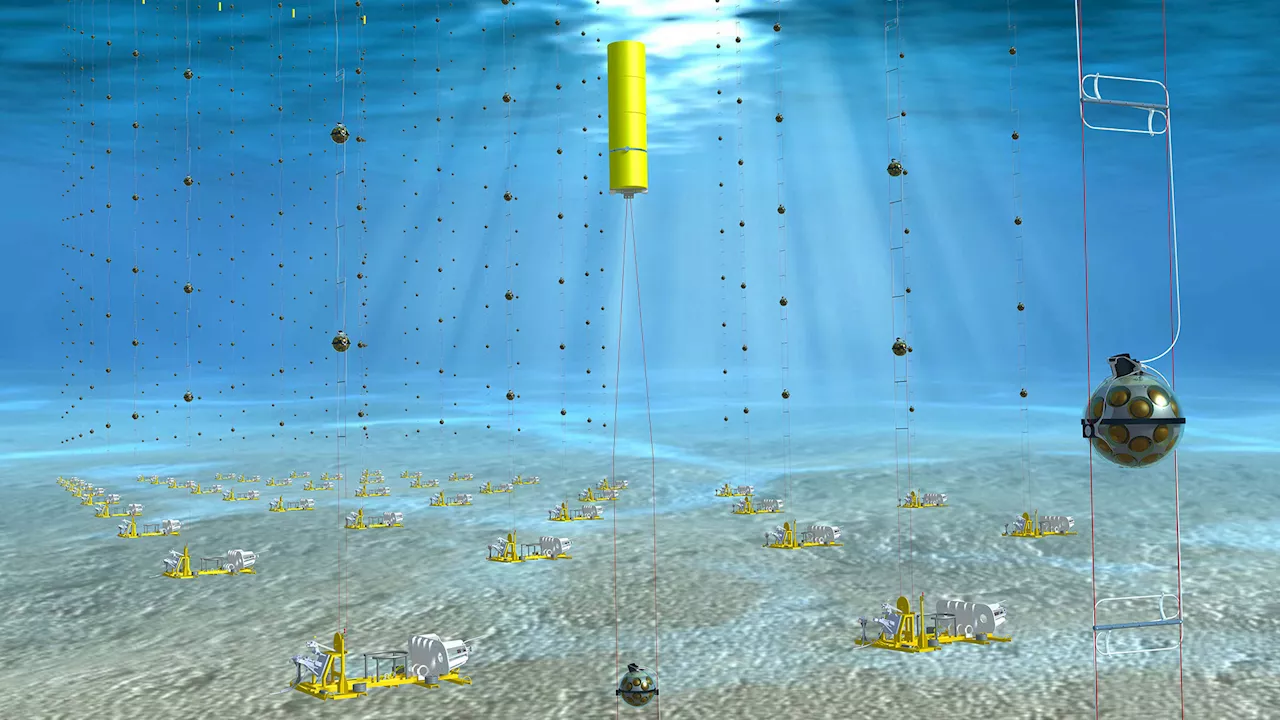 Record-Breaking High Energy Neutrino Detected by KM3NeTThe Kilometer Cubed Neutrino Telescope (KM3NeT) has detected the decay products of the most energetic neutrino ever observed, carrying an estimated energy of 220 peta-electronvolts. The detection provides insight into the origins of ultra-high energy neutrinos, potentially originating from active galactic nuclei (AGNs) and blazars.
Record-Breaking High Energy Neutrino Detected by KM3NeTThe Kilometer Cubed Neutrino Telescope (KM3NeT) has detected the decay products of the most energetic neutrino ever observed, carrying an estimated energy of 220 peta-electronvolts. The detection provides insight into the origins of ultra-high energy neutrinos, potentially originating from active galactic nuclei (AGNs) and blazars.
Read more »
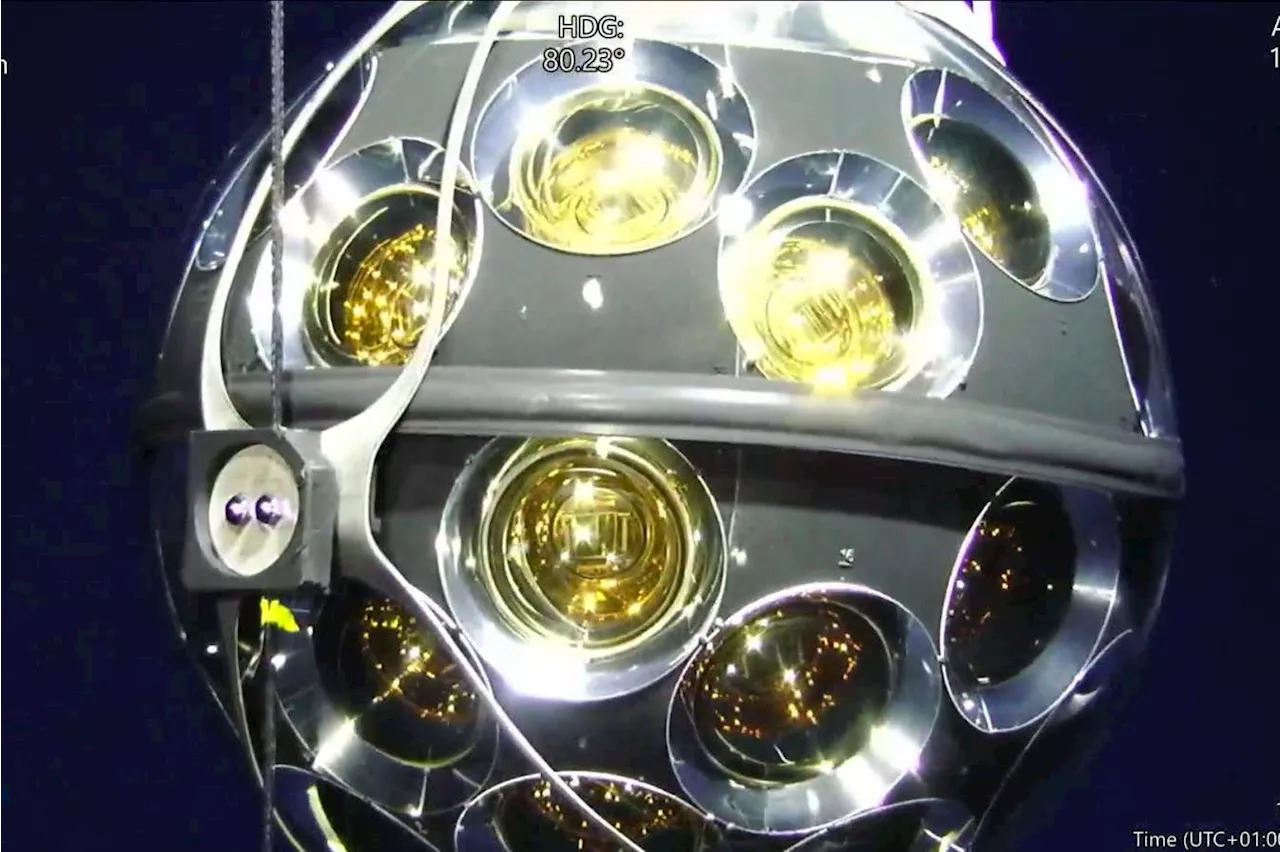 Record-breaking neutrino spotted tearing through the Mediterranean SeaA neutrino with more energy than we've ever seen before was picked up by a detector on the floor of the Mediterranean Sea, and it seems to have a distant cosmic origin
Record-breaking neutrino spotted tearing through the Mediterranean SeaA neutrino with more energy than we've ever seen before was picked up by a detector on the floor of the Mediterranean Sea, and it seems to have a distant cosmic origin
Read more »
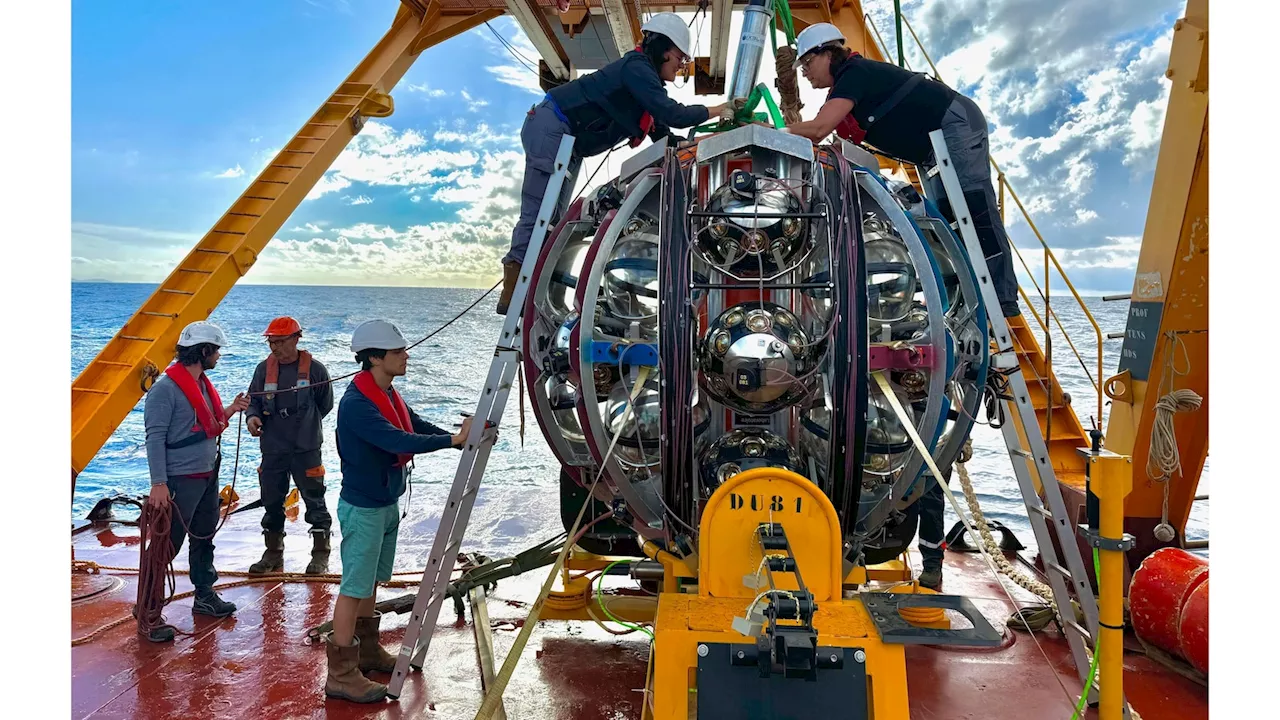 Historic Discovery: High-Energy Neutrino Detected in Deep Sea ObservatoryScientists have detected a high-energy neutrino in the deep sea, marking a significant discovery for understanding the most powerful processes in the universe. This detection, made possible by an underwater neutrino observatory, provides clues about the existence of even more energetic neutrinos and the potential for groundbreaking findings.
Historic Discovery: High-Energy Neutrino Detected in Deep Sea ObservatoryScientists have detected a high-energy neutrino in the deep sea, marking a significant discovery for understanding the most powerful processes in the universe. This detection, made possible by an underwater neutrino observatory, provides clues about the existence of even more energetic neutrinos and the potential for groundbreaking findings.
Read more »
 Most Energetic Neutrino Ever Detected Offers Glimpse into Universe's Violent SecretsA deep-sea detector has recorded the highest-energy neutrino ever observed, offering unprecedented insights into the most energetic events in the universe. This discovery, made by the Astroparticle Research with Cosmics in the Abyss (ARCA) detector of the Cubic Kilometre Neutrino Telescope (KM3NeT), marks a significant milestone in neutrino astronomy.
Most Energetic Neutrino Ever Detected Offers Glimpse into Universe's Violent SecretsA deep-sea detector has recorded the highest-energy neutrino ever observed, offering unprecedented insights into the most energetic events in the universe. This discovery, made by the Astroparticle Research with Cosmics in the Abyss (ARCA) detector of the Cubic Kilometre Neutrino Telescope (KM3NeT), marks a significant milestone in neutrino astronomy.
Read more »
 Record-Breaking Snowstorm Batters Florida, Bringing Record Cold to the SouthA historic winter storm is bringing record snowfall and dangerously cold temperatures to the Deep South and Gulf Coast, with Florida experiencing its heaviest snowstorm on record. Millions are affected by travel disruptions and dangerous conditions.
Record-Breaking Snowstorm Batters Florida, Bringing Record Cold to the SouthA historic winter storm is bringing record snowfall and dangerously cold temperatures to the Deep South and Gulf Coast, with Florida experiencing its heaviest snowstorm on record. Millions are affected by travel disruptions and dangerous conditions.
Read more »
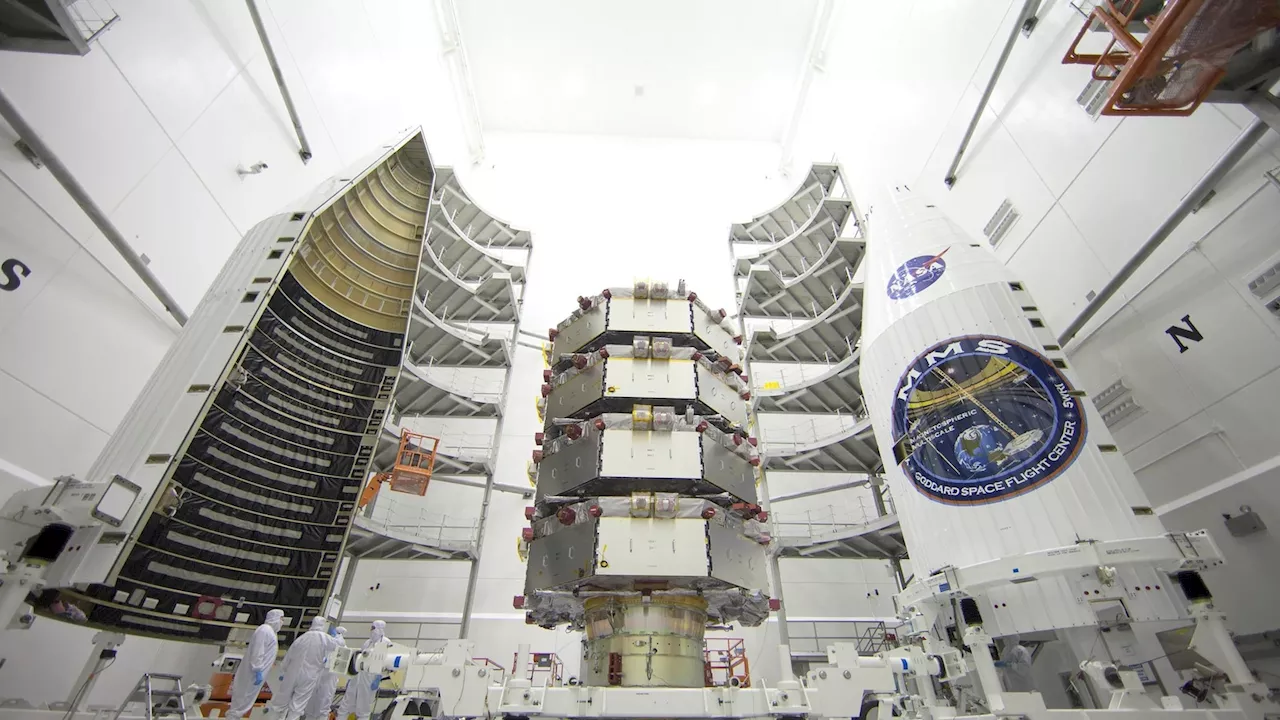 Space Chirps Detected at Record Distance, Challenging Our Understanding of Space PhysicsA team of researchers has detected chorus waves, a type of radio wave, at an unprecedented distance of over 62,000 miles from Earth. This finding pushes the boundaries of our knowledge about the Earth's magnetosphere and the physics governing these remote regions.
Space Chirps Detected at Record Distance, Challenging Our Understanding of Space PhysicsA team of researchers has detected chorus waves, a type of radio wave, at an unprecedented distance of over 62,000 miles from Earth. This finding pushes the boundaries of our knowledge about the Earth's magnetosphere and the physics governing these remote regions.
Read more »
